Back to Courses
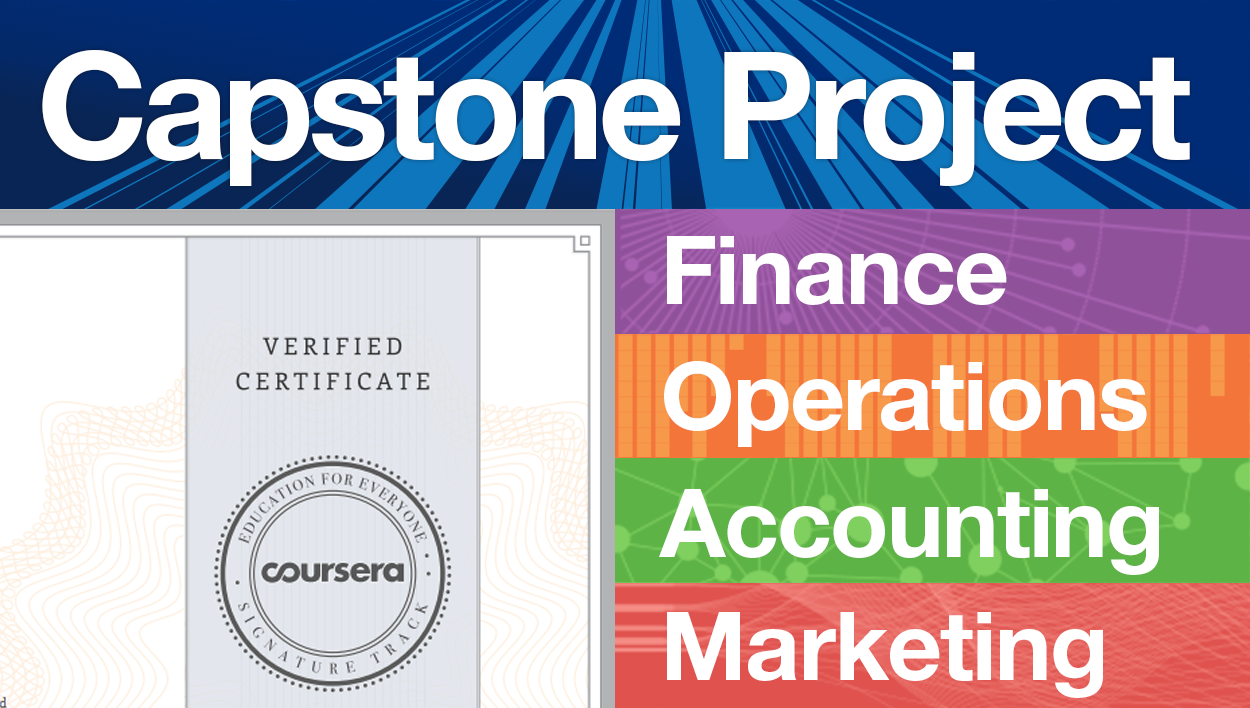
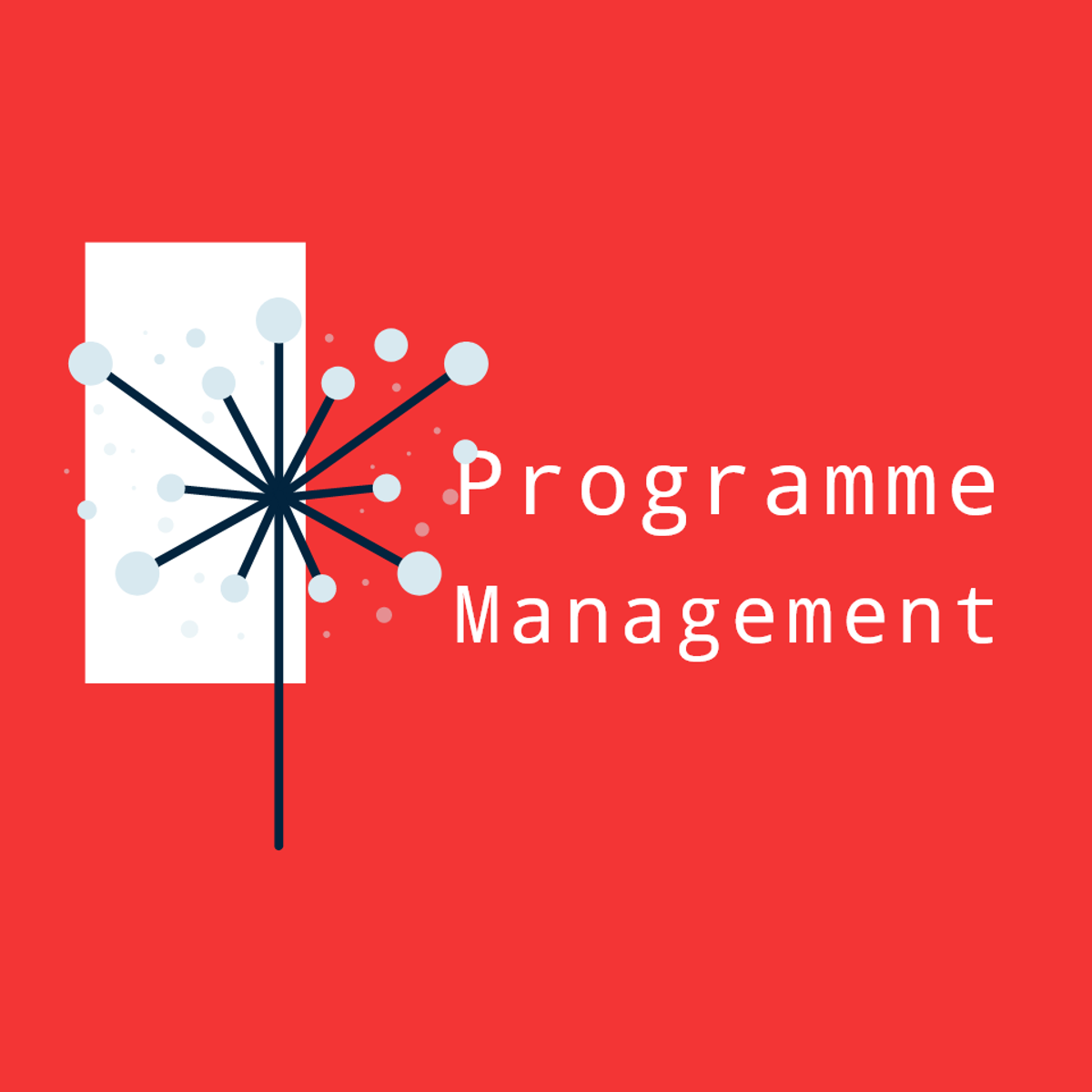
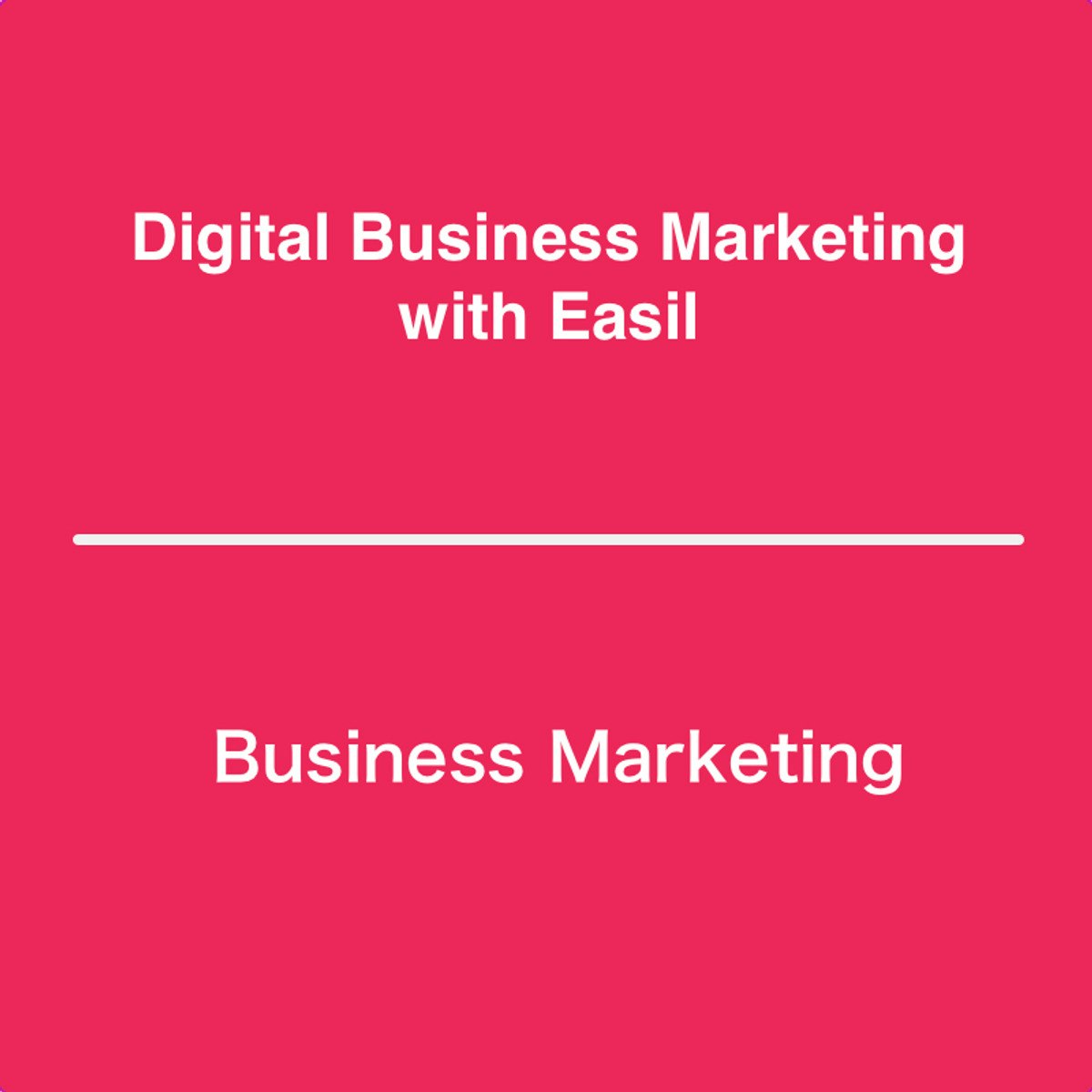


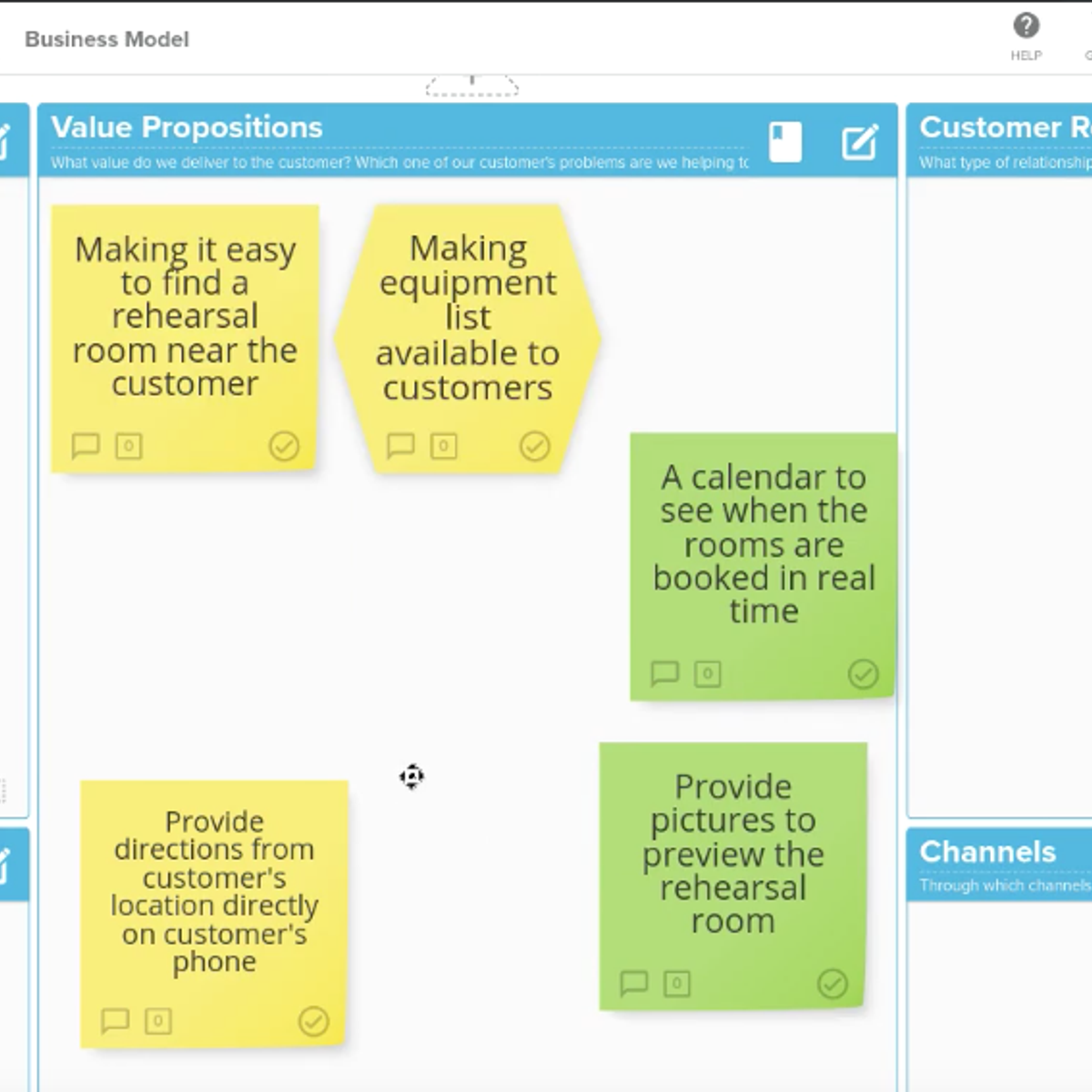


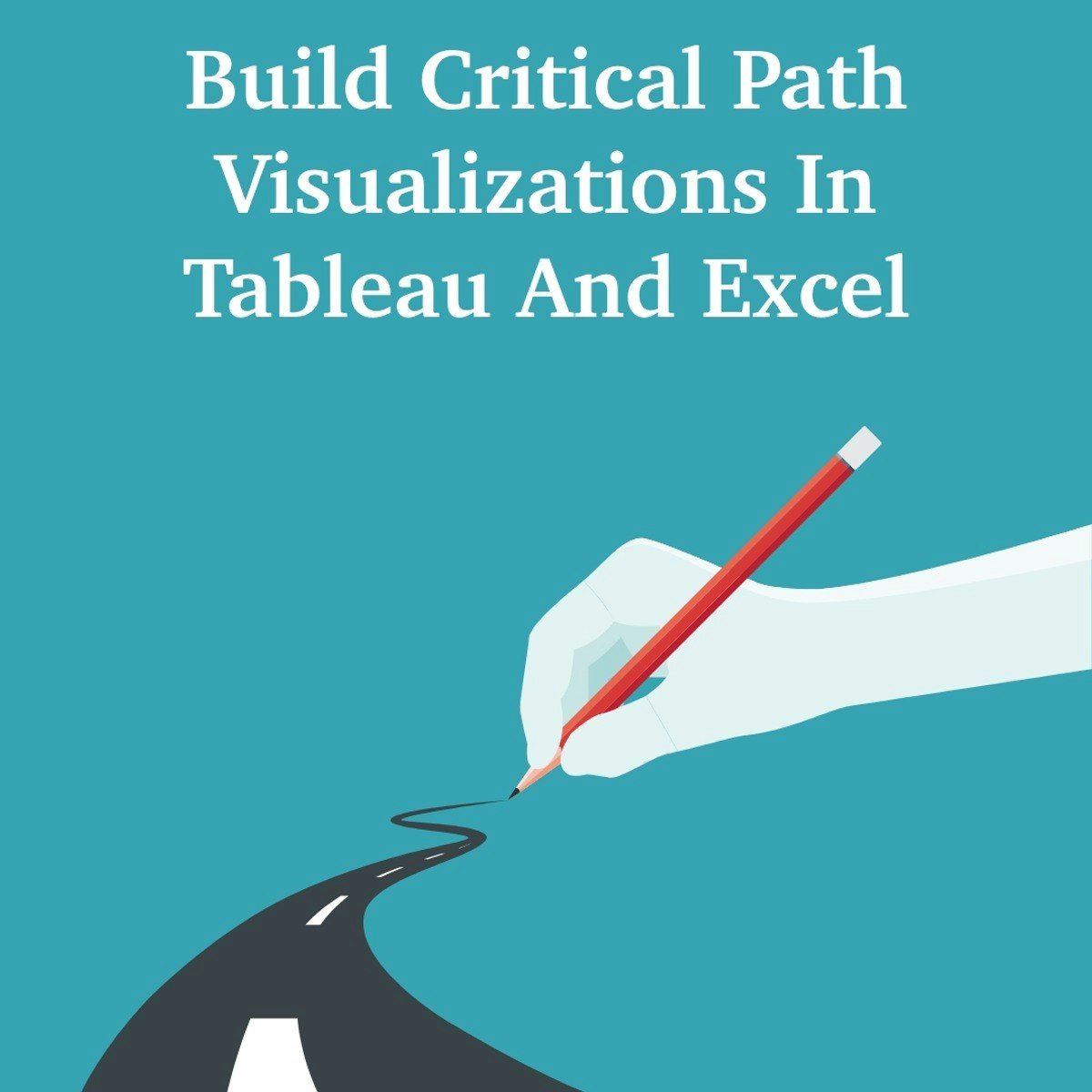
Business Strategy Courses - Page 20
Showing results 191-200 of 543

Use the GE-McKinsey Matrix to Analyze and Set Your Strategy
By the end of this guided project, you will be able to use the GE-McKinsey Matrix to analyze and formulate your corporate strategy. The GE-McKinsey nine-box matrix is a strategy framework that offers a systematic approach for the multi-business corporation to prioritize its investments among its business units or products. The matrix combines two dimensional factors on a horizontal and vertical axis to determine the industry attractiveness and the competitive strength of a business unit. The general strategic principle promoted by the Matrix is to increase the level of investment in an attractive industry, and reduce resource allocation to business units where the company doesn’t have a competitive advantage.
For us to practically demonstrate the application of the GE-McKinsey matrix, we will use a spreadsheet to analyze an Energy Services company that has five Strategic Business Units. Example of the case study would empower you to use the model to analyze your company or any other company of your choice. The project is for business leaders who want formulate their corporate strategy with the goal of effective resource allocation. Also, for strategist who are interested in helping organization to make informed strategic decisions. At the end of the project, you will be able to use the Matrix for your corporate strategic planning, and to allocate resources effectively.

Wharton Business Foundations Capstone
Wharton's Applied Knowledge Capstone Project enables you to apply your analytic skills to real business challenges – including your own. You’ll use your newly earned business skills to thoughtfully evaluate a real situation or opportunity from Wharton-governed companies like Shazam and SnapDeal.

Program Management: Stakeholders Identification in ClickUp
By the end of this guided project, you will be fluent in creating Program stakeholder artefacts for the Identification/Planning Phase for diverse programs. You will utilise a logical diagramming plan in an agile environment to develop the solution. This will enable you to identify and classify the required components for stakeholder identification and planning. Furthermore, it will help develop a structural model for learning about the field of Program Management.
If you are interested in building up the knowledge leading to this guided project, the following is the link to:
[ Developing Programme Management Blueprint with ClickUp]
https://www.coursera.org/projects/program-blueprint
[Advanced Programme Planning Phases Framework in ClickUp]
https://www.coursera.org/projects/program-advanced-planning
This Guided Project is essential for individuals wanting to learn about the field, or looking to transition into working in Program Management. This guided project is designed to engage and harness your visionary and exploratory abilities. You will use proven models in an agile environment with ClickUp to engage in a hands-on learning experience.

Digital Business Marketing with Easil
By the end of this project, you will know how to use Easil to digitally promote and advertise your business on Social Media. You will have learned how to create a Facebook Ad and a Facebook Cover with help of Easil. We will both use templates, and create designs from scratch.
Consumers are constantly overloaded with information and images in social media. Part of social media marketing is learning creative ways to draw attention to products and services, oftentimes on a lean budget. In this course, learners will create edited social media photo posts using the free version of Easil. Easil is a web based all-in-one tool that helps you create visual content online.
Learners can easily create and implement creative edits with online design tools to use when marketing their business.
We can use Easil to complete this project because it provides all the tools you need to create an organized and visually appealing product while offering a variety of options for sharing and collaboration.
Note: This course works best for learners who are based in the North America region. We’re currently working on providing the same experience in other regions.

Behavioral Finance
We make thousands of decisions every day. Do I cross the road now, or wait for the oncoming truck to pass? Should I eat fries or a salad for lunch? How much should I tip the cab driver? We usually make these decisions with almost no thought, using what psychologists call “heuristics” – rules of thumb that enable us to navigate our lives. Without these mental shortcuts, we would be paralyzed by the multitude of daily choices. But in certain circumstances, these shortcuts lead to predictable errors – predictable, that is, if we know what to watch out for. Did you know, for example, that we are naturally biased towards selling investments that are doing well for us, but holding on to those that are doing poorly? Or that we often select sub-optimal insurance payment plans, and routinely purchase insurance that we don’t even need? And why do so many of us fail to enroll in our employer’s corporate retirement plans, even when the employer offers to match our contributions?
Behavioral finance is the study of these and dozens of other financial decision-making errors that can be avoided, if we are familiar with the biases that cause them. In this course, we examine these predictable errors, and discover where we are most susceptible to them. This course is intended to guide participants towards better financial choices. Learn how to improve your spending, saving, and investing decisions for the future.

Critical thinking: reasoned decision making
Making decisions in today's world, a world increasing in complexity, with broad changes and uncertainty, creates the need of approaches that allow us to discern the real problems and the causes that create them. Identifying these problems, in most cases, requires challenging the assumptions on which we base our judgments, regarding the world and its realities.
Critical thinking could be defined, as "that way of thinking - on any subject, content or problem - in which the thinker improves the quality of his thinking by seizing the inherent structures of the act of thinking and by subjecting them to intellectual standards". Critical thinking helps making decisions within a company, selecting the best action for the organization.
In this course of critical thinking the students will learn the tendencies, approximations and assumptions on which their reflections are based, and the conditions and the outcomes derived from their ways of thinking. This reflective thought is the active, careful and persistent examination of all beliefs in the light of the fundamentals that support them and their conclusions.
The reasoned decisions that the world requires, occur in many different areas, especially in business decisions, related to strategies, in the solution of problems in organizations, in the solution of social problems and in corporations’ social and ethical responsibility. In this online course the approaches will be oriented to analyze the critical thinking required in these areas.

Create an online brainstorming with Stormboard
In this 2 hours project-based course you will explore Stormboard and learn all of its main functionalities, creating a business model brainstorm for your team. You will create and share "storms", use sticky notes and connectors to organize flows and dependencies, add rich content and collaborate with shared documents and virtual whiteboards.

Enhance Organizational Communications with Slack
By the end of this project, you will learn how to enhance organizational communications with Slack, the business communications platform.
To complete this project, you will create your own workspace, add public and private channels, and develop a collaborative environment. To support your new digital environment, you'll invite others to your Slack workspace and bring their contributions into unique channels for work projects, planning, brainstorming, problem-solving, and information-sharing. You will also amp up the effectiveness of workspace communications by using channel and individual tags to loop others in on relevant information.
Note: This course works best for learners who are based in the North America region. We’re currently working on providing the same experience in other regions.

Welcome to Game Theory
This course provides a brief introduction to game theory. Our main goal is to understand the basic ideas behind the key concepts in game theory, such as equilibrium, rationality, and cooperation. The course uses very little mathematics, and it is ideal for those who are looking for a conceptual introduction to game theory.
Business competition, political campaigns, the struggle for existence by animals and plants, and so on, can all be regarded as a kind of “game,” in which individuals try to do their best against others. Game theory provides a general framework to describe and analyze how individuals behave in such “strategic” situations.
This course focuses on the key concepts in game theory, and attempts to outline the informal basic ideas that are often hidden behind mathematical definitions. Game theory has been applied to a number of disciplines, including economics, political science, psychology, sociology, biology, and computer science. Therefore, a warm welcome is extended to audiences from all fields who are interested in what game theory is all about.

Build Critical Path Visualizations in Tableau and Excel
The Critical Path Method (CPM) is a popular methodology used by project managers and those that manage project schedules. This approach to sequencing and managing projects is highly sought after due to its ability to focus resources and streamline efforts to complete projects where time is of the utmost importance. In this project, learners will learn about the Critical Path Method. They will learn about how to calculate values such as Early Start, Late Start, Early Finish, Late Finish, Float, Duration, and the critical path itself. Learners will learn how to use Excel to create spreadsheets and diagrams that will act as calculators of the values used to determine the Critical Path. Then, learners will adapt these spreadsheets into Tableau. They will learn to create charts that display project duration, Gantt Charts as well as Abacus style charts. Finally, they will learn how to analyze these visualizations to answer project management questions.
Popular Internships and Jobs by Categories
Browse
© 2024 BoostGrad | All rights reserved


